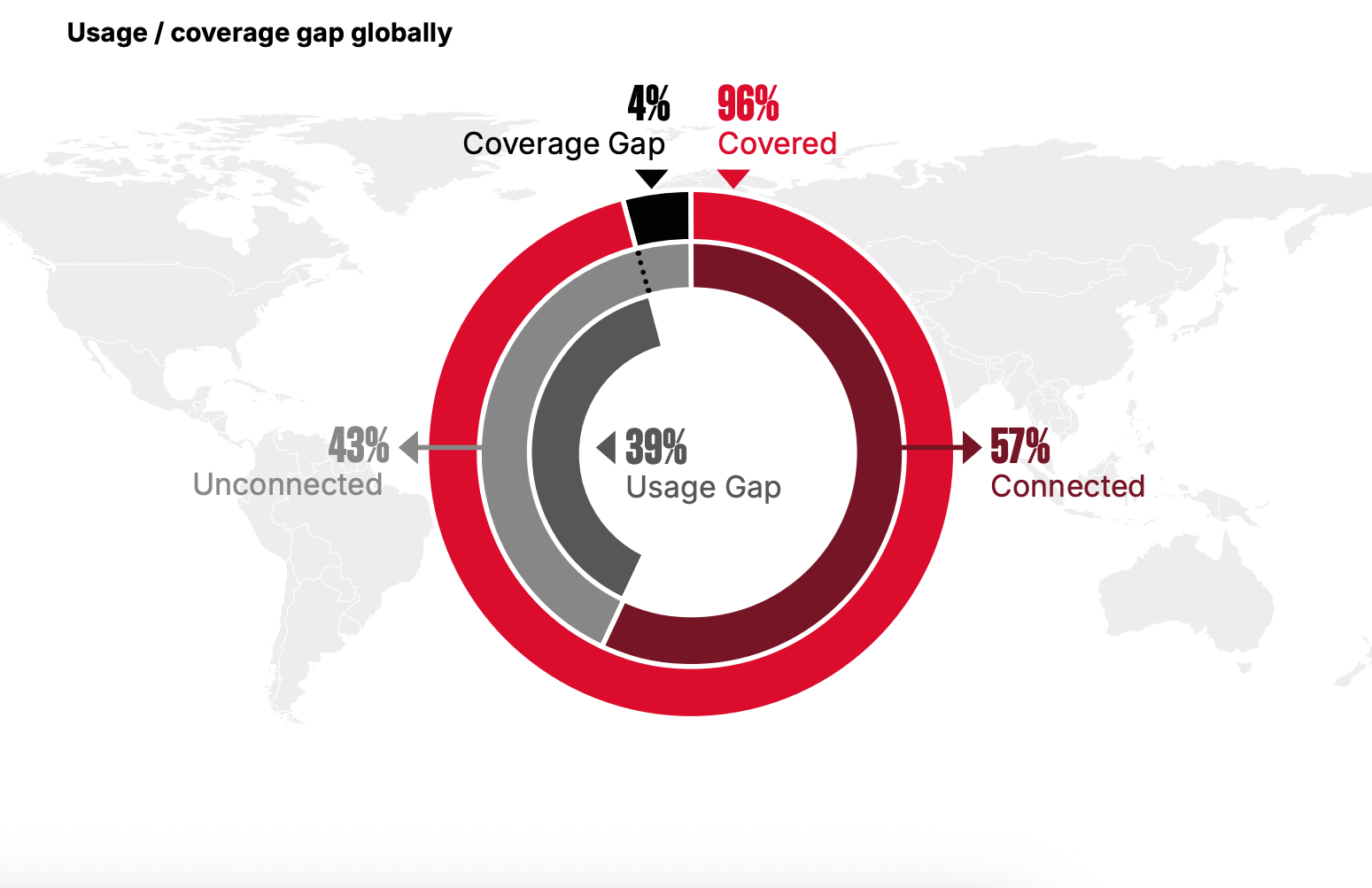GSMA pushes for clear rules on direct-to-device satellite services
The GSMA, which represents the global mobile industry, published new guidelines on spectrum use for direct-to-device (D2D) connectivity. The idea behind D2D is simple: connect smartphones directly to satellites to extend coverage, strengthen resilience and keep people online when cellular networks aren’t available.The group emphasized that while D2D can bring huge benefits, proper regulation is crucial to avoid interference with mobile networks, which already serve 5.8 billion people worldwide.
Direct-to-device satellite connectivity has the potential to extend the reach of mobile, strengthen resilience and deliver real societal benefits. But without careful and balanced regulation, it risks disrupting the very mobile services that billions of people rely on every day. Our guidelines are designed to help governments embrace innovation while protecting the foundations of the mobile ecosystem.
– John Giusti, Chief Regulatory Officer at the GSMA, September 2025
Why D2D could be a big deal for connectivity


D2D has the potential to bring connectivity to people who’ve never had access before. | Image credit – GSMA
Right now, 57% of the world’s population is connected to mobile broadband. For them, D2D can act as a backup when traveling through areas like deserts, mountains or oceans where coverage is missing. It can also help close the “coverage gap” – the 4% of people who live completely outside the reach of mobile broadband.
Another challenge is the “usage gap”: 39% of people live within coverage zones but aren’t connected due to affordability or lack of digital skills. Satellite can’t match the capacity of mobile networks, but when properly regulated, D2D can fill in these weak spots and make mobile services more reliable everywhere.
The GSMA outlines two main spectrum paths for enabling D2D:
- IMT spectrum: works in partnership with mobile operators like, for example, T-Mobile, Verizon, and AT&T, and already supports SOS, SMS, and even data services.
- MSS spectrum: relies on bands already allocated to satellite use. Some are now standardized in 3GPP, but phone compatibility remains limited to a handful of high-end models. Wider handset availability is still a hurdle here.
The bottom line is that, in the near future, you won’t necessarily need a special device to get satellite connectivity. Instead, carriers could extend it as a service to existing smartphones – provided the chipset inside supports it. Over time, this should trickle down from flagship devices to more mainstream models.
The right rules could make D2D mainstream
The GSMA’s new framework is an important step toward making satellite-to-phone connections a normal part of everyday mobile service. Having two spectrum paths gives flexibility, but IMT’s ability to work with standard smartphones feels like the real game-changer – especially for travelers who frequently end up in remote areas.What matters now is how governments apply these guidelines. If regulations are clear and consistent, D2D could finally make global connectivity feel borderless, ensuring that mobile coverage doesn’t end when your signal does.


“Iconic Phones” is coming this Fall!
Rediscover some of the most unique and memorable phones of the last two decades! “Iconic Phones” is a beautifully illustrated book that we’ve been working on for over a year – and it’s coming out in just a couple short month!
LEARN MORE AND SIGN UP FOR EARLY BIRD DISCOUNTS HERE
#Dead #zones #history #youre #TMobile #Verizon #ATT
